Weekly birding round-up: 3 - 9 Oct
Swept our way on the coat-tails of Storm Amy, a host of Nearctic passerines arrived in Britain and Ireland this past week, providing rare glamour anew and a change from the mostly eastern flavour of our recent rarities. Then again, lingering eastern quality remained in Shetland, an Irish mega was imminent, and something else utterly magnificent was scything our way from the east…
For an archipelago with such a cast-iron reputation for American vagrant birds, the omission of Mourning Dove from the Scilly list seems an odd one. Britain as a whole, after all, is no stranger to them – we’ve six records on the books, from the very first on the Isle of Man in October 1989, to our latest on North Ronaldsay (Orkney) on 29th April 2019.
However, since that initial Isle of Man bird, everything else has been found in Scotland. (And, from an Irish perspective, they too have had a handful of birds). But England? Not a sausage.

There’s also been a distinct bias towards British and Irish birds alike being found in the late autumn period. So, while Scilly has Nearctic pedigree as a whole, it’s perhaps neither the place nor the time one would have expected a Mourning Dove to pop up this week. But there it was – a bird found on St Agnes on 7th, and still present on the isle on 8th, albeit playing decidedly hard to get with wannabe observers.
By 9th it was finally pinned down on the isle, allowing putative admirers their opportunity to catch up with this overdue English and Scillonian first.
One needs to go an awfully long way back to find a twitchable Irish example of Northern Parula - to be precise, back to the pre-digital days of 1983, when Ireland’s first record settled in to Firkeel (Co.Cork) for almost a week in late October, present there on 19th-24th.
That six-day stay was to prove no precedent, for the next two Irish birds were to both prove to be one-day affairs, a female on Dursey Island (Co.Cork) on 25th September 1989, and a first-winter male trapped and ringed at Brownstown Head (Co.Waterford) on 5th October 2003.
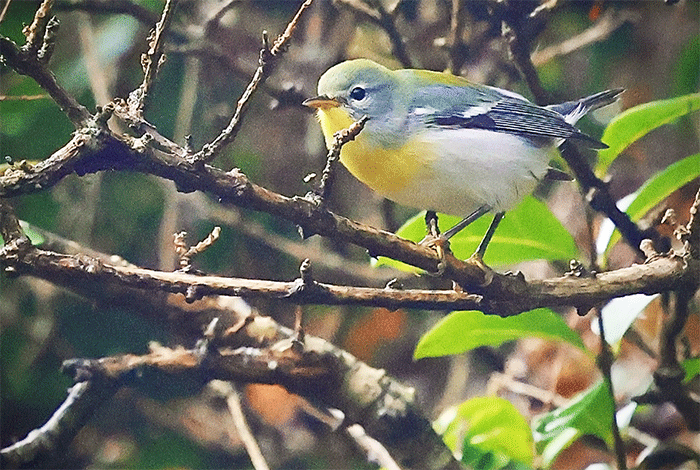
Suffice to say then, there will be many an Irish birder with a yearning to see a Northern Parula at close quarters. And the opportunity to do so presented itself this week, with the discovery of a fine example at none other than Firkeel Glen (Co.Cork), on 6th-9th.
Obdurately going against the run of play this week, the discovery of a White-throated Needletail in East Yorkshire on 8th at Tophill Low NR was nothing if not a bolt from the blue. Then again, such a powerful master of the skies as a needletail hardly needs to conform to the rules of mere mortal birds, blown off course by such avian trivialities as storms.
Seen and photographed there in the early afternoon, it had powered onwards and wasn’t to be seen again there during the day. Given our last remotely attainable bird on the British mainland dates back to 1991, with the extremely mobile individual that cropped up in Kent, Staffordshire, and Derbyshire before lodging for a few days up in Shetland, it goes without saying that a bird present somewhere twitchable for even a few hours would cause utter pandemonium.
Inevitably, the internet soon began to fizz with those not-quite-being-brave-enough-to-openly-call-hoax-but-certainly-inferring-as-much. Predictable enough, these days. Happily, the bird was re-found in the late afternoon at Bempton Cliffs RSPB…
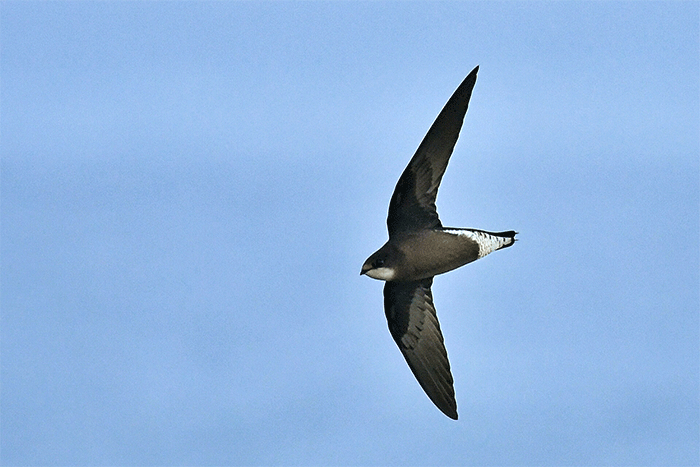
…and to say it was showing well there would be something of an understatement.
Would it roost overnight and still be there the following morning? Unfortunately, no. All wasn’t wholly lost, for news soon followed of it now at Loch of Skene (Aberdeenshire). But not sticking around – by 10am it had motored onwards. Where next – Orkney, Shetland?
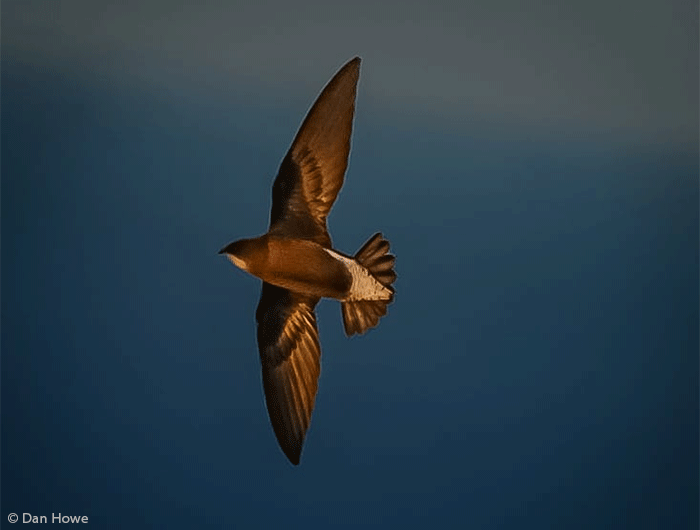
Nope, neither of those. That northbound trajectory was a mere whim after all. By late afternoon on 9th it had zoomed back south to Filey Brigg (North Yorkshire), perhaps affording a second bite at the cherry for morning needletail twitchers who’d chosen not to abandon Yorkshire after making the effort to get there in the first place. For an hour or so, it was twitchable once more.
We’ll see what the new week brings with this welcome, albeit supremely mobile bird. On current form, everything from Shetland to Kent feels possible. Perhaps even in the space of the same day.
Ireland’s still a comparative stranger to an Isabelline Wheatear, with a mere two past records to the high double figures Britain’s enjoyed to date. An imbalance that seems deeply unfair, and one that the past week went some small way to addressing with the discovery of the country’s third ever record, at Ballinclamper (Co.Waterford) on 5th-9th.
It almost, therefore, goes without saying that this was a county first – the past two birds being in, respectively, Co.Cork at Mizen Head on 10th-17th October 1992, and Toe Head on 24th October – 21st November 2022.
A week that was hardly short of a mega or two kept a trick up its sleeve until the very last on 9th, for with barely an hour or so of daylight left in the day, news broke of not one but two Harlequin Duck at Maheroarty (Co.Donegal).
And lest we be under any illusions, for all Britain’s now enjoyed over 20 past records of this funky duck, this was a first (and second) record for Ireland. A genuinely big deal, no mere county first this.
For birders heading out for the day to Tory Island, this was the cherry on the icing of the cake of a truly remarkable day of Irish birding.
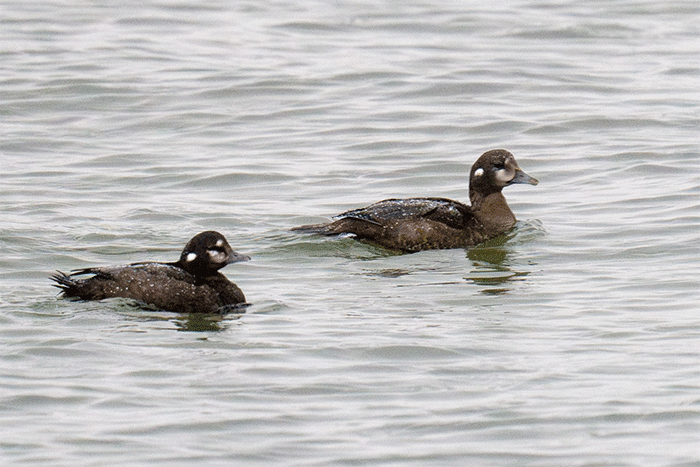
However, if we’re talking about compliant rarities that do the decent thing and stick around a while, the prize for said behaviour this week goes firmly to the male Siberian Thrush in Shetland that remained anchored to Asta, just north of Lerwick, on 3rd-9th.
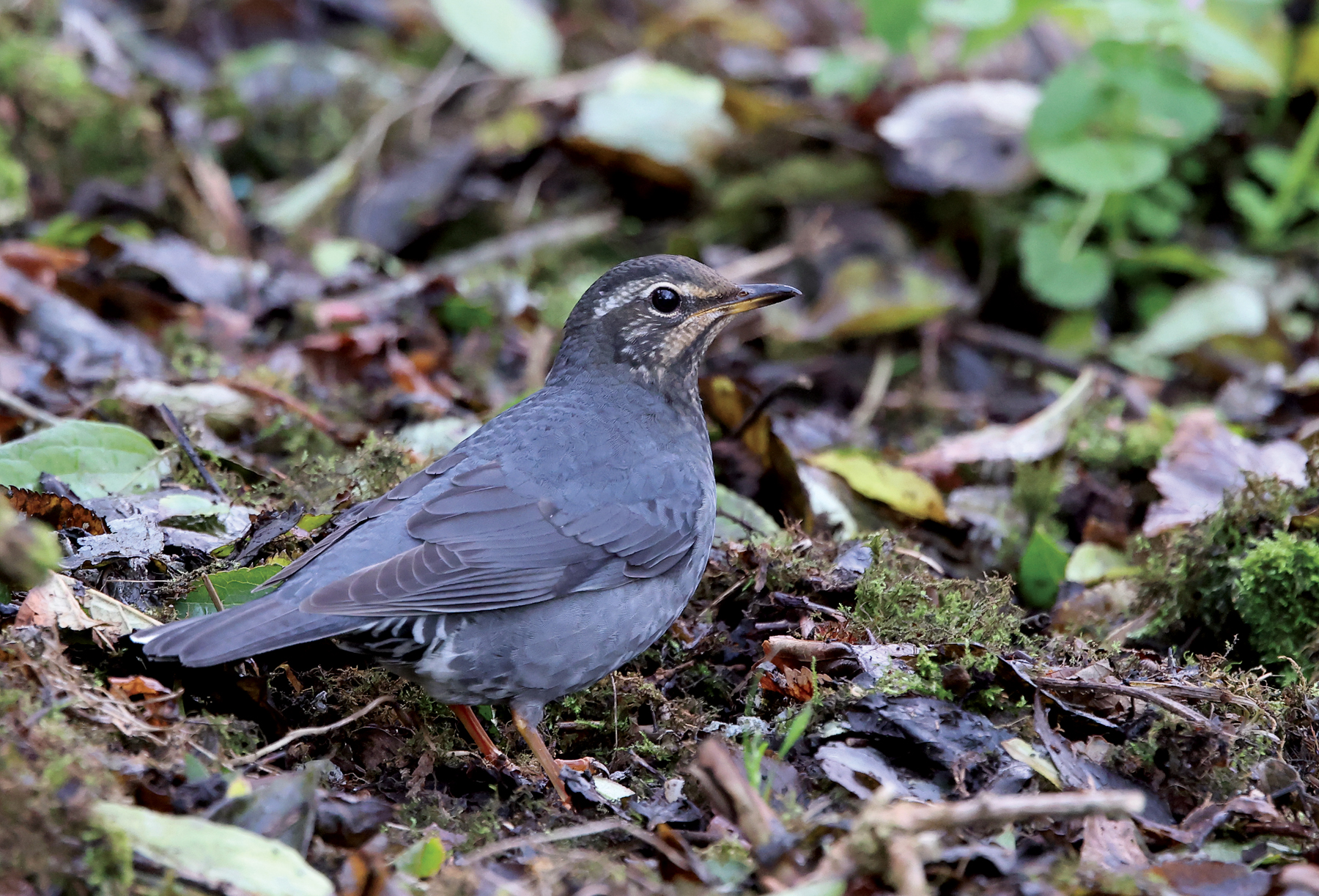
Better still, as the week wore on it grew increasingly well-behaved, going from being buried in deep cover to bobbing around on the deck like a well-behaved common or garden Blackbird. Much to the delight of all visiting and resident birders alike. There’s not been one like this before, and it may be a lifetime before another behaves so well on these shores.
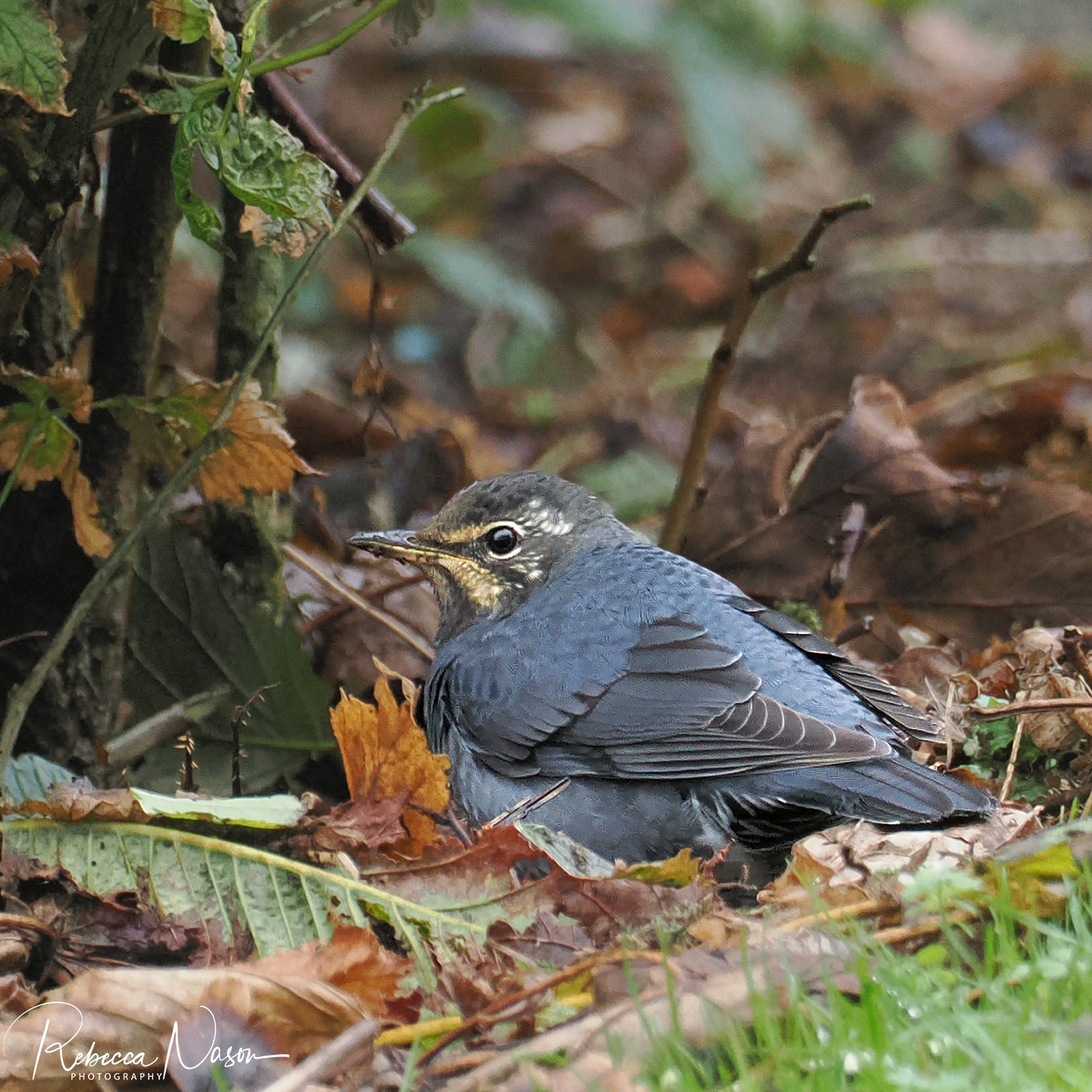
The seabirds finally calmed down a bit this past week, with a fairly standard set of birds to report upon. Cream of the crop were three Wilson’s Petrel seen from Bridges of Ross (Co.Clare) on 4th, with another reported that day from Furbogh (Co.Galway).
Bridges of Ross also laid claim to the best single site haul of Leach’s Petrel of recent days, with 45 birds noted there on 4th. Overall, some 390 birds were logged around Britain and Ireland as a whole this week.
Numbers of shearwaters took a tumble, with around 110 Cory’s Shearwater, and 400 Great Shearwater respectively recorded during the week; while barely 20 Balearic Shearwater were noted across the region as a whole during the same period.
In the Western Isles, a Little Auk was seen passing Benbecula on 6th, while a White-billed Diver was seen from Lewis on 7th.
Finally, numbers of skuas picked up a little, with some 75 Pomarine Skua 40 Long-tailed Skua noted during the week. Kilcummin Head (Co.Mayo) enjoyed the best of them on 4th, with 23 individuals of the former species, and nine of the latter species seen from there that day.
On to long-legged beasties, and Glossy Ibis, which through their very ubiquity continue to be more than your own correspondent’s worth to count each week. Still loads of them out there, suffice to say.
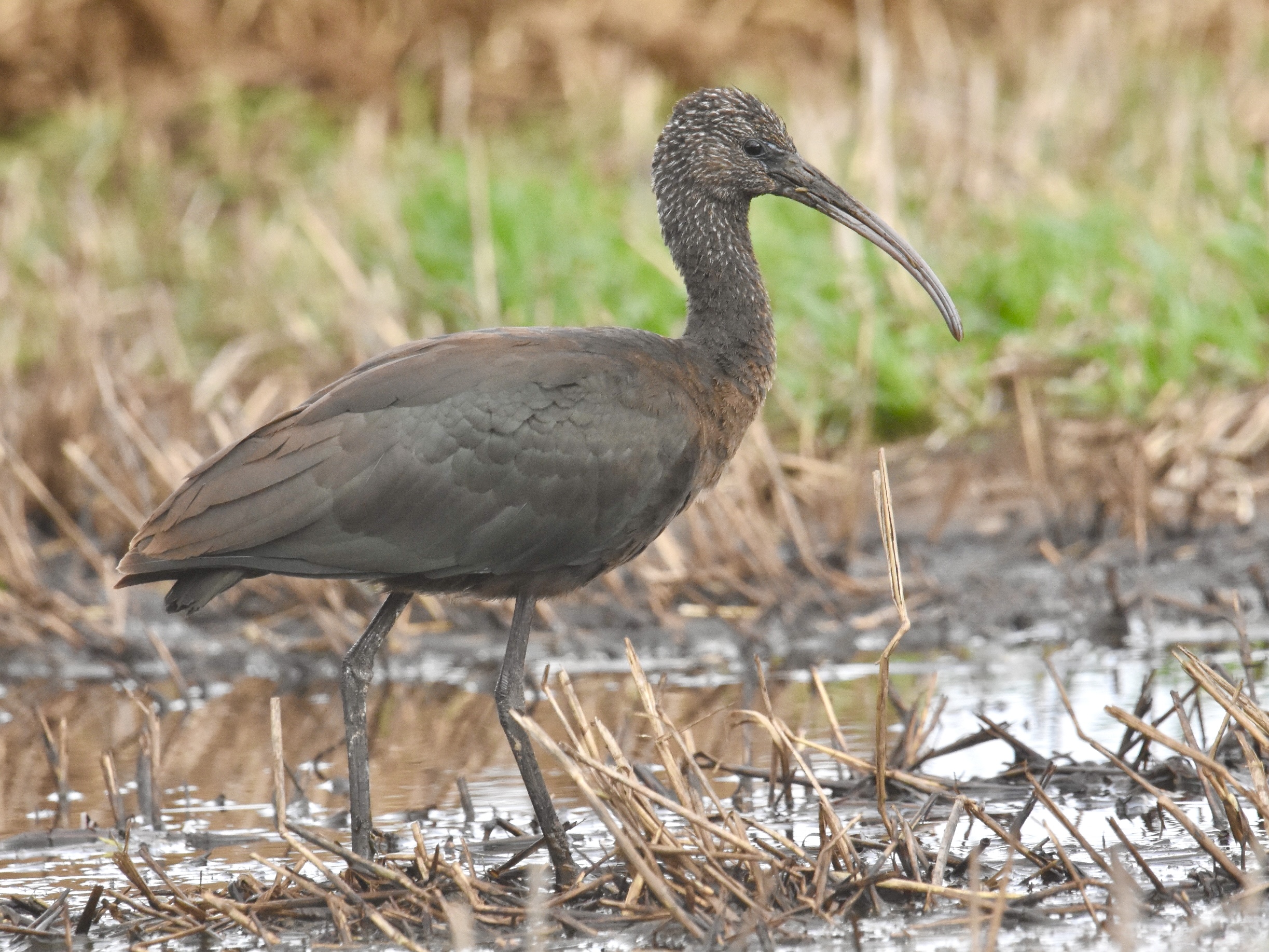
In Kent the recent Spotted Crake remained at Sandwich Bay on 5th.
A Corncrake meanwhile remained on Shetland Mainland at Urafirth on 3rd, while another was seen on Fair Isle on 3rd also.
Into the honkers and quackers, and it was beginning to look a little busier in these parts. Starting with The Goose Formerly Known As Canada, an interior Todd’s Canada Goose wandered around the Banks Marsh NNR (Lancashire & North Merseyside) area on 3rd-6th; while a Cackling Goose was seen on North Uist (Western Isles) on 7th-9th.
In Lothian, the recent Lesser White-fronted Goose was seen again this week, on 6th at John Muir CP, and on 8th near Whitekirk.
The recent Ross’s Goose continued to hang around the Pink-footed Geese at Marshside RSPB (Lancashire & North Merseyside) on 3rd-9th.
A Snow Goose was again seen in Highland & Caithness near Beauly on 7th-9th. Further sightings came from Scotland on 9th, in Aberdeenshire where a bird was seen at Longhaven, and Shetland, where a bird was seen on Bressay.
Quackers next, and in Shetland the recent Blue-winged Teal continued hanging around Loch of Spiggie on Mainland on 3rd-9th.
Orkney meanwhile scored an American Wigeon on Sanday on 3rd. Additional birds were seen this week at Bishop Middleham (Co.Durham) on 4th-9th, at Dunbarton (Clyde) on 5th, and at Hayle Estuary RSPB (Cornwall) on 7th.
Numbers of Ring-necked Duck soared this past week, with some 30 birds recorded across Britain and Ireland as a whole. These included some small parties of their kind – four birds present on Inishbofin (Co.Galway) on 5th-8th; three on Achill Island (Co.Mayo) on 3rd-9th still; two still on Lough Gara (Co.Sligo) on 8th; four at Loch of Skene (Aberdeenshire) on 9th; and two at Tacumshin (Co.Wexford) on 9th also.
A drake Lesser Scaup was found at Gouthwaite Reservoir (North Yorkshire) on 6th-9th.
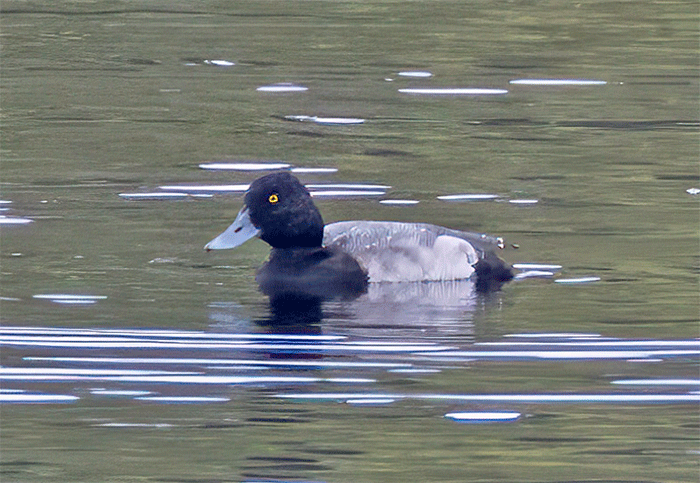
A drake Ferruginous Duck was seen on Little Marlow GPs (Buckinghamshire) on 4th.
A drake Surf Scoter was found at Ormsary (Argyll & Bute) on 7th.
Those lovely westerlies of the past week could only mean one thing, and that was a steady flow of further waders borne our way to augment those that had already made it thus far. And we’ll start with one of those – the Wilson’s Phalarope that remained on St Mary’s (Scilly) this week until 6th; on 7th, it wandered off into the Tresco Channel, seen that day there from Bryher.
Lingering Red-necked Phalarope remained at Bowers Marsh RSPB (Essex) on 3rd-9th, St Gothian Sands LNR (Cornwall) on 3rd-7th, and at Nosterfield LNR (North Yorkshire) on 3rd and 9th. A further bird was seen in Devon on 5th on Haytor Down.
Strong winds blowing in off the Atlantic ushered enhanced numbers of Grey Phalarope our way, with some 440 birds being recorded this week. A notable peak count came on 4th from Bridges of Ross (Co.Clare), where 239 birds were logged.
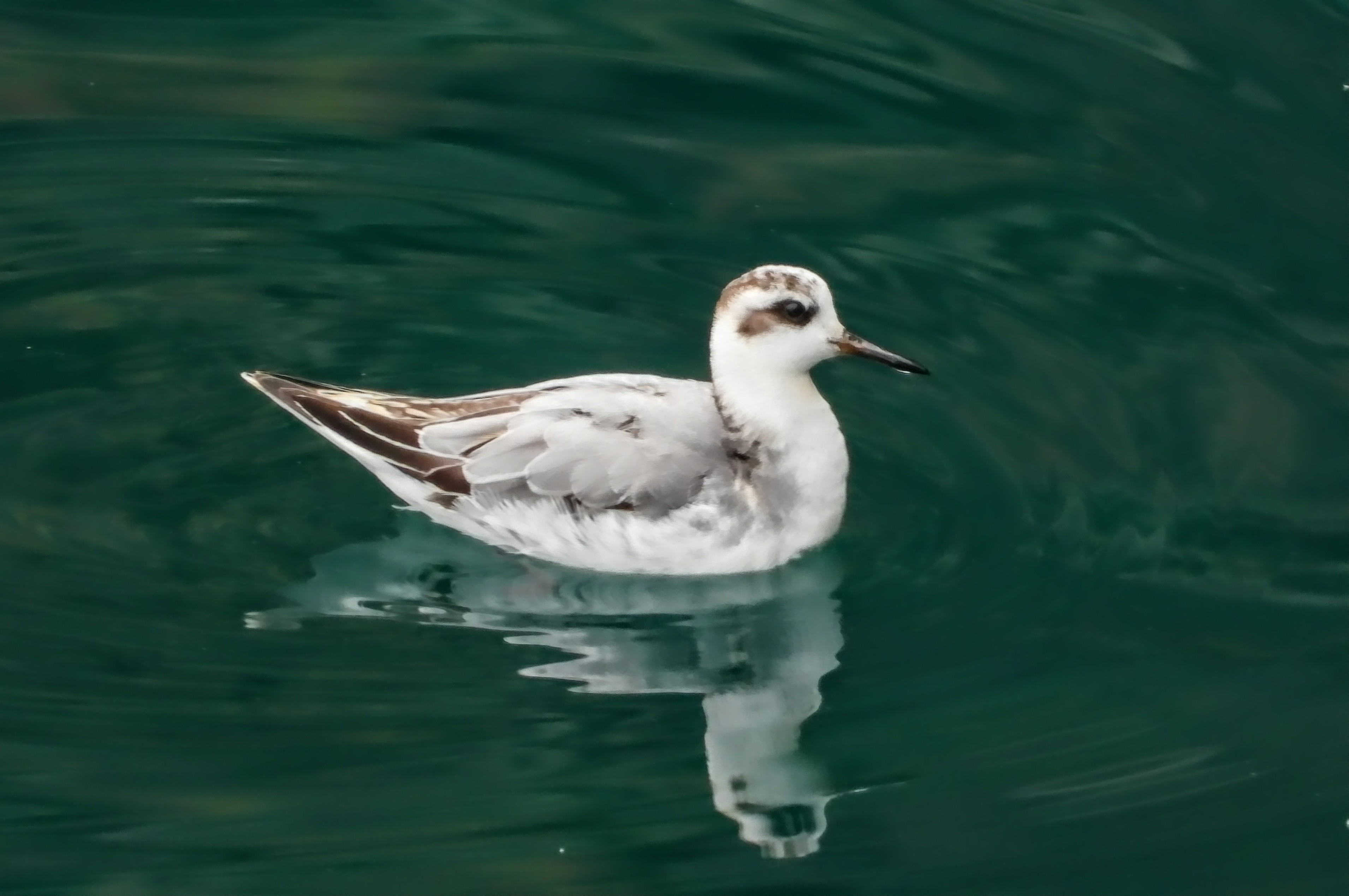
Temminck’s Stint remained at Cheddar Reservoir (Somerset) on 3rd, at Baston Langtoft Pits (Lincolnshire) on 4th-6th, and at Marsh Lane NR (West Midlands) on 3rd-6th still. A further bird was present in Cambridgeshire at Etton Maxey Pits on 5th-6th.
Despite not being reported for a few days, the resident Western Sandpiper remained in Ayrshire at Maidens on 7th-9th.
On to fresher faces, the Semipalmated Sandpiper at Tacumshin (Co.Wexford) still on 5th had found a friend there by 7th-8th; and further new birds were found this week at Lower Rosses (Co.Sligo) on 4th, at Goldcliff Pools NR (Gwent) on 5th-6th, and at Snettisham RSPB (Norfolk) on 9th.
A mighty 22 White-rumped Sandpiper were seen this week across Britain and Ireland, with several sites enjoying multiple birds – duos being seen in the Western Isles on Benbecula on 5th, and South Uist on 5th-6th; on the Eden Estuary (Fife) on 4th-5th; and at Tacumshin (Co.Wexford) still on 5th-7th, rising to four birds present on 8th.
Numbers of Baird’s Sandpiper also soared, albeit not into double figures – singletons were seen in the Western Isles on South Uist (Western Isles) on 3rd, 5th, and 9th, and on North Uist on 7th-8th; at Rutland Water (Leicestershire) on 7th-9th; and in Ireland at Lurgangreen (Co.Louth) on 4th, Annagh Marsh (Co.Mayo) still on 4th-9th, and on 5th at Leam Lough (Co.Mayo), Youghal (Co.Cork), and Kinsalebeg (Co.Waterford).
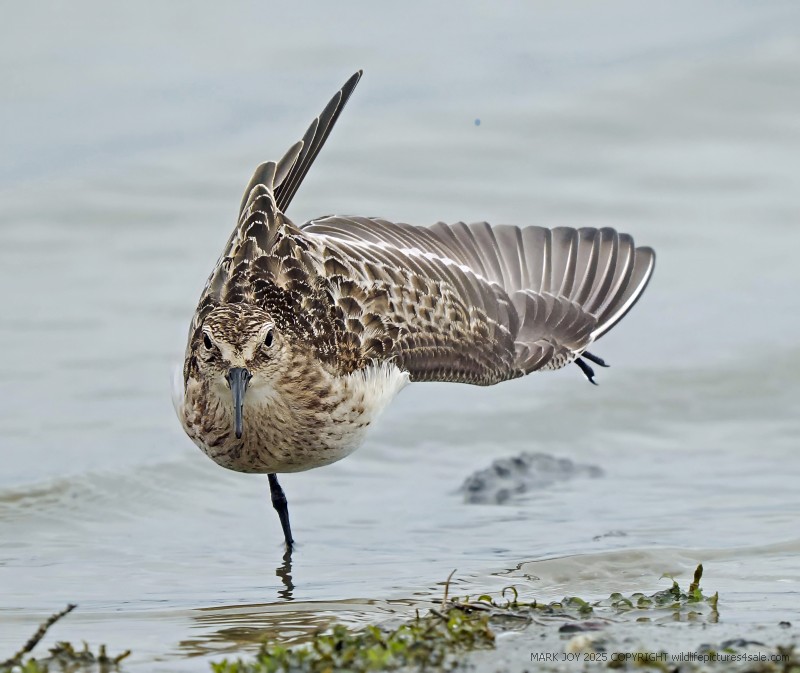
A couple of Buff-breasted Sandpiper were logged lately – one still in East Sussex at Scotney GPs on 5th-9th; and another seen on Islay (Argyll & Bute) on 7th.
Numbers of Pectoral Sandpiper held fairly steady, with 18 seen across Britain and Ireland as a whole this week. Duos were noted at Chew Valley Lake (Somerset) still on 3rd; at Tacumshin (Co.Wexford) still on 5th and 8th; and at Cahore Marsh (Co.Wexford) on 6th-8th.
The Spotted Sandpiper remained on St Agnes (Scilly) on 5th-9th, while a probable was seen fleetingly in Shetland at Lerwick on 4th.
The juvenile Marsh Sandpiper remained settled at Musselburgh (Lothian) on 3rd-9th.
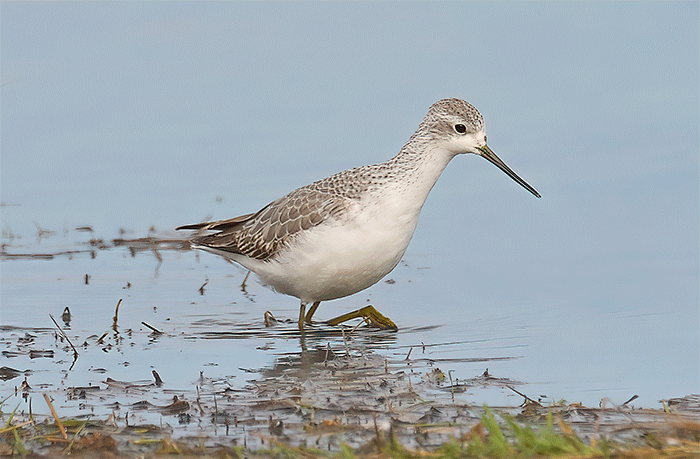
The week proved to be an excellent one for Lesser Yellowlegs, with half a dozen birds seen. In Cambridgeshire one remained at Etton Maxey Pits on 3rd-9th; Norfolk enjoyed a bird still present at Wootton Flood Storage Lagoon on 3rd-9th; another was present in Lincolnshire at Baston Langtoft Pits on 4th-6th; and additional British birds were found at Pilning Wetland (Gloucestershire) on 4th, and South Uist (Western Isles) on 4th-7th. Ireland’s sole bird was one present at Lurgangreen (Co.Louth) still on 4th-9th.
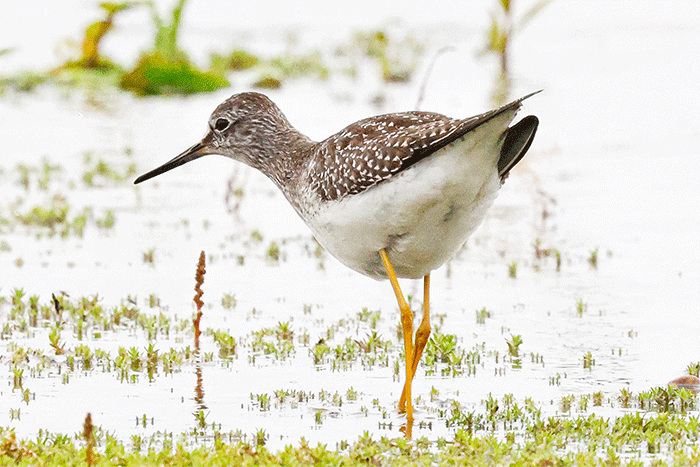
Tacumshin (Co.Wexford) held onto its Long-billed Dowitcher on 7th-9th.
17 American Golden Plover were logged in Britain and Ireland this past week, with duos present at Dale Airfield (Pembrokeshire) on 3rd still, and at Tacumshin (Co.Wexford) on 5th; and four at Carrahane Strand (Co.Kerry) on 8th.
A large trip of Dotterel were a pleasant surprise at Fell End Moor (North Yorkshire) on 6th, with 18 birds present there that day.
As we’d anticipate, with snorty westerlies came more Sabine’s Gull this week, with some 165 birds in all logged, predominantly in Ireland – here the peak count was 27 birds noted from Brandon Point (Co.Kerry) on 4th.
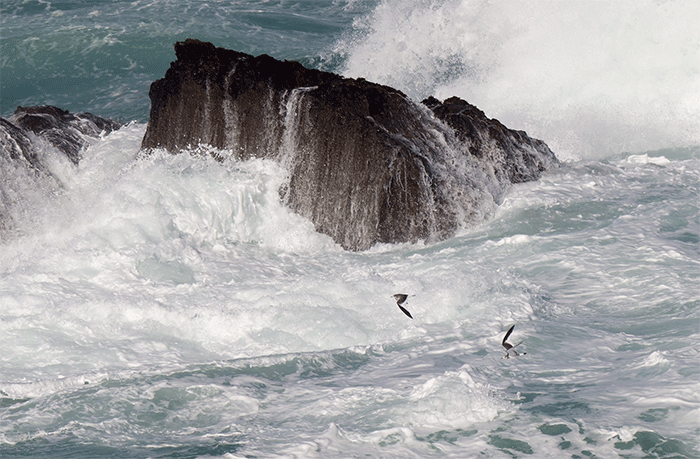
In Orkney the adult Franklin’s Gull made another of its periodic appearances on Westray on 3rd.
An adult Ring-billed Gull was again seen at Blackrock (Co.Louth) on 5th-9th.
Scotland gave us Glaucous Gull this week at Aberdeen (Aberdeenshire) still on 4th, Lewis (Western Isles) on 5th, North Ronaldsay (Orkney) on 8th, and South Uist (Western Isles) again on 9th; and Iceland Gull on North Uist (Western Isles) on 7th, Shetland Mainland at Boddam on 8th, and on Orkney Mainland on 9th at Birsay Bay.
Finally, down in Dorset’s Poole Harbour, the adult Forster’s Tern put in a few appearances again this week – seen in the Wareham Channel on 3rd and 5th, and off Rockley Point on 6th. Another possible was seen passing St Ives (Cornwall) on 4th.
Pick of the week’s raptors were comfortably the juvenile Northern Harrier found on 4th at New Brighton (Cheshire & Wirral) – annoyingly not to be seen after that initial sighting, though – and a male at Tacumshin (Co.Wexford) on 8th, joined there by a juvenile on 9th.
The week was again a strong one for Pallid Harrier, with a female at Llanrhidian Marsh (Glamorgan) still on 3rd-7th; a bird also seen at National Wetlands Centre WWT (Carmarthenshire) on 5th; and a juvenile in Kent at Reculver and latterly Shuart on 6th-7th. A probable was seen on Canvey Island (Essex) on 8th.
A probable Black Kite was seen in Norfolk at Salthouse on 7th. Norfolk also gave us a Red-footed Falcon at Great Yarmouth on 7th-9th.
Away from the headlines, further notable Nearctic passerines were turning up this past week. Principle among those were Blackpoll Warbler, one found on Arranmore Island (Co.Donegal) on 6th-8th, and another on Unst (Shetland) on 8th-9th. The former was a new species for Co.Donegal and, coincidentally, not the only one to be found this week…
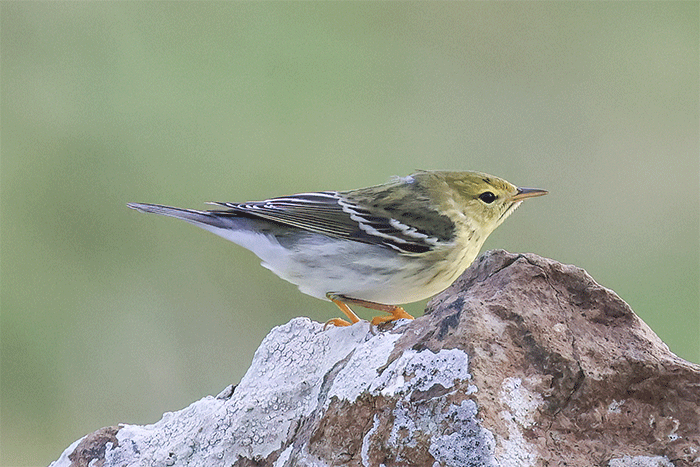
The week was also a good one for American Pipit - Irish examples were seen at Clahane Strand (Co.Clare) on 5th-6th; Rathmoylan Cove (Co.Waterford) on 6th-7th; on Inishbofin (Co.Galway) briefly on 7th; and on Inishmore (Co.Galway) on 9th. Scilly meanwhile enjoyed sightings on St Mary’s on 5th, and St Agnes on 6th-9th.
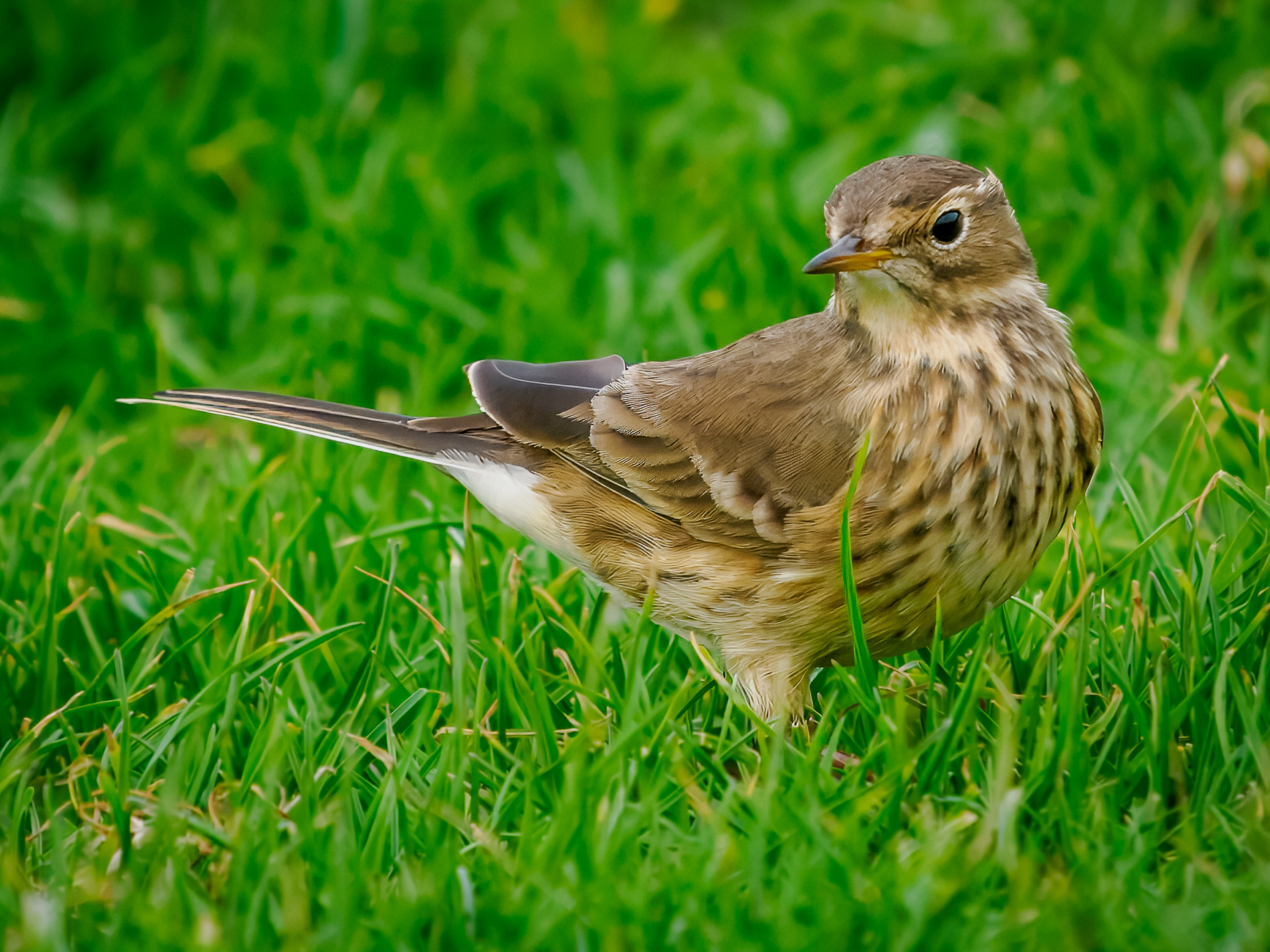
A Grey-cheeked Thrush on Tory Island (Co.Donegal) on 5th-9th was another new species for the county this week.
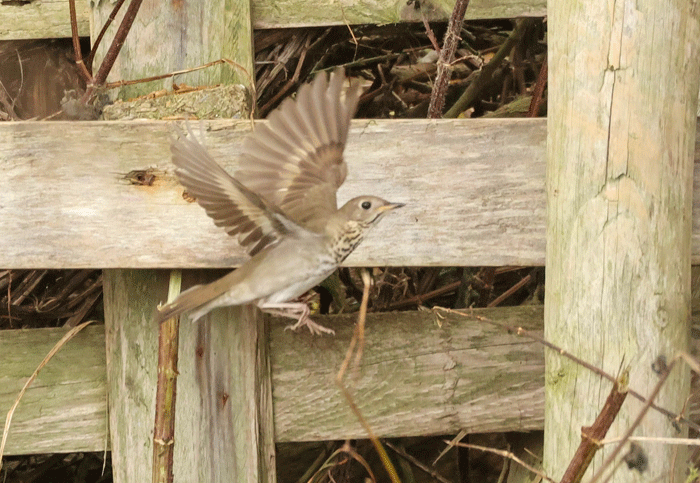
The recent Swainson’s Thrush remained at Malin More (Co.Donegal) on 3rd-6th; and another was found on Foula (Shetland) on 3rd.
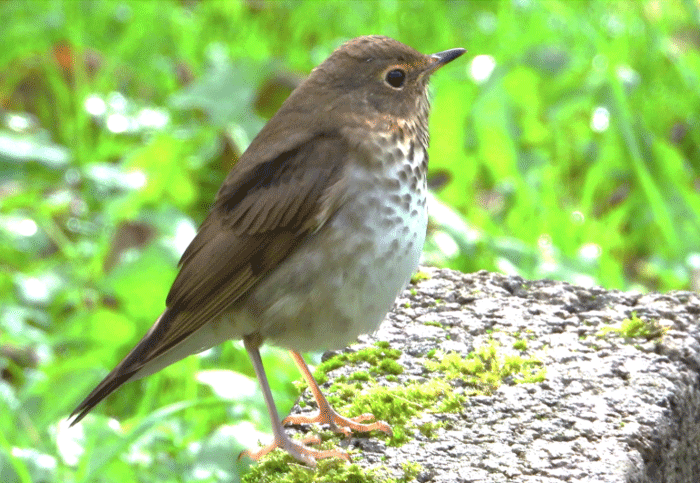
Back to Tory Island (Co.Donegal) for a busy finish to the week, with at least two (and possibly three, or more) Red-eyed Vireo seen on the island during 9th.
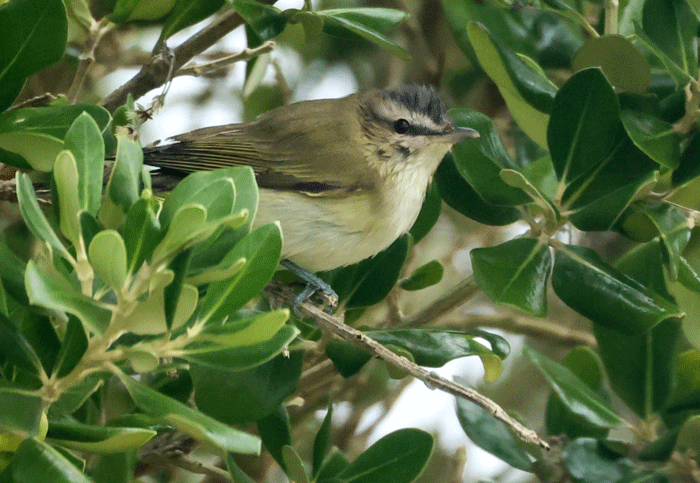
Returning to pipits, the week was a fair one for Richard’s Pipit, with five birds to be seen – on Fair Isle (Shetland) still on 3rd; on 6th at Walmore Common (Gloucestershire) and over Pendeen (Cornwall); and on 7th over Nanjizal (Cornwall), and West Bay (Dorset). A probable was seen on 8th at Goldcliff Pools NR (Gwent), and a possible on 9th at Titchwell RSPB (Norfolk).
A Red-throated Pipit was seen at Aberaeron (Ceredigion) on 6th.
Olive-backed Pipit were found this week in Shetland on Fair Isle on 3rd, and on Mainland at Scatsta on 5th.
Two Citrine Wagtail were seen in Cornwall at Kennack Sands on 5th.
Possible Eastern Yellow Wagtail meantime were noted on Scilly on St Agnes on 4th, and St Mary’s on 7th; and at Porlock Marsh (Somerset) on 7th-9th.
A Bluethroat remained in Oxfordshire at Otmoor RSPB on 3rd-7th. Further birds were present in Shetland on Out Skerries on 3rd-8th, and Unst on 7th-9th.
Shetland dominated the weekly sightings of Red-breasted Flycatcher, with two-thirds of the 17 birds seen during the week being on there.
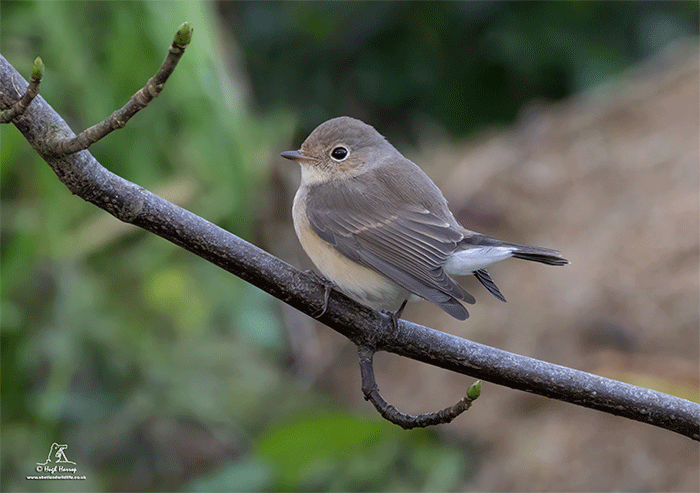
The Siberian Stonechat remained at Hawthorn Dene NR (Co.Durham) on 3rd.
A first-winter Brown Shrike was found on 9th just outside St David’s (Pembrokeshire).
In Suffolk the magnificent adult male Turkestan Shrike remained at Dunwich Heath NT on 3rd-9th.
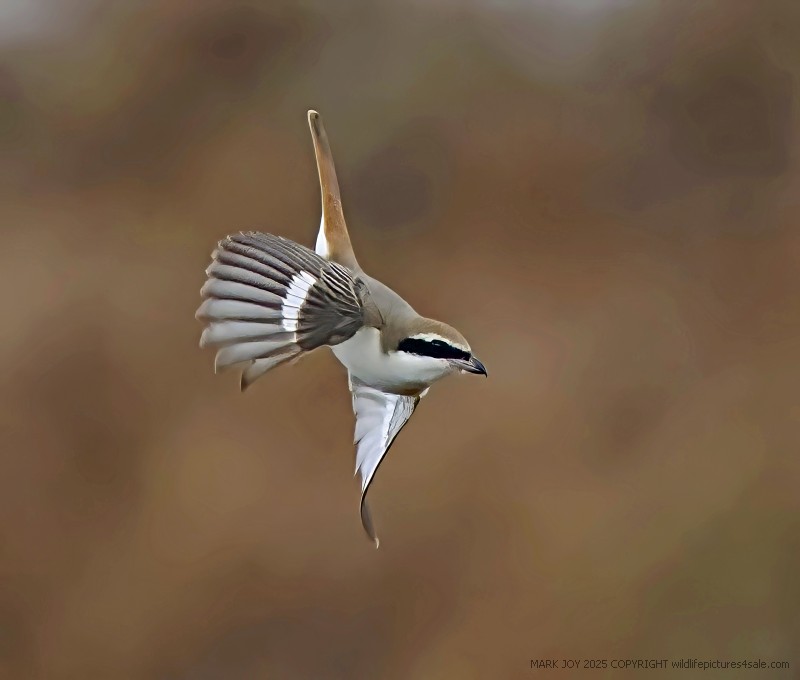
Red-backed Shrike remained near Morston (Norfolk) on 3rd-5th, and on Skokholm (Pembrokeshire) on 3rd-8th. Further birds were seen this week at Winterton-on-Sea (Norfolk) again on 5th; on Whalsay (Shetland) on 7th; and on Tory Island (Co.Donegal) on 7th-8th.
A few Hoopoe lingered this week – at Ballintotis (Co.Cork) on 3rd-4th, on Skokholm (Pembrokeshire) on 3rd-4th, and on St Agnes (Scilly) on 3rd-9th. Additional birds were seen at North Cave Wetlands YWT (East Yorkshire) on 3rd, and on Anglesey at Amlwch on 6th.
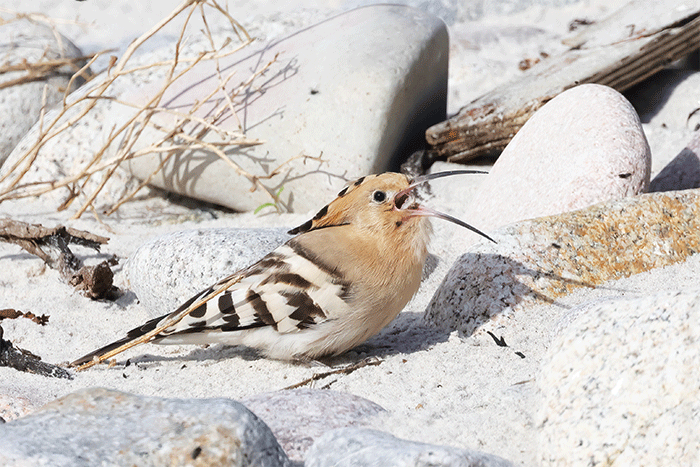
Numbers of Wryneck dropped away, with just 16 birds noted during the course of the week.
A Bee-eater was seen on 5th in Cornwall at Bowithick.
A similarly lonesome Golden Oriole was found on 5th at Shinewater CP (East Sussex).
The recent Short-toed Lark remained on Yell (Shetland) on 3rd, presumably also accounting for that seen on Unst on 5th-9th; and another was present still in Norfolk at Snettisham on 3rd-9th.
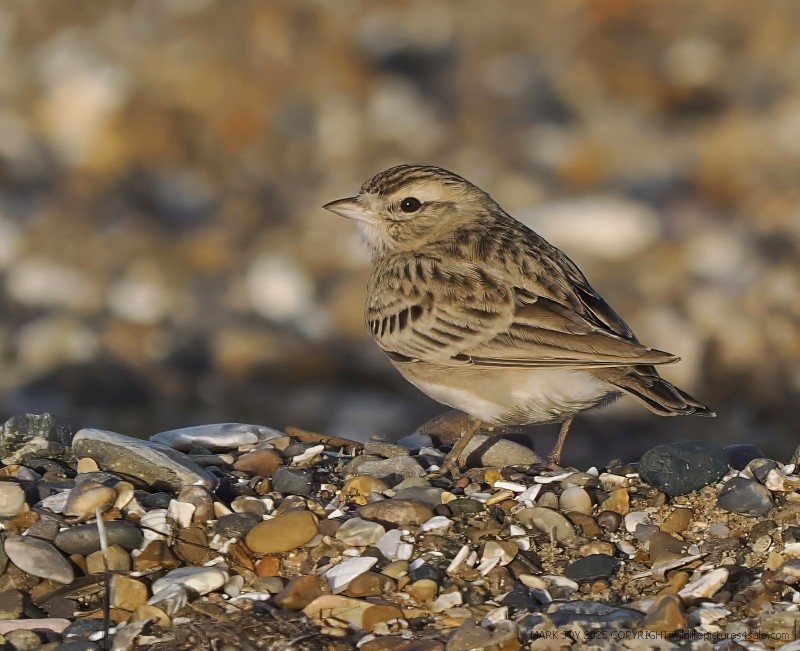
A Red-rumped Swallow was reported in Norfolk at Great Massingham on 7th.
And so to the warblers, starting as is our wont in autumn with Yellow-browed Warbler - reasonable numbers were again seen this week, albeit down on the preceding period, with some 175 birds logged across the region.
The week began in Shetland with both the recent Radde’s Warbler still on Unst on 3rd, and the Dusky Warbler still present on Whalsay on 3rd also.
A Western Bonelli’s Warbler was seen on 8th-9th at Old Head of Kinsale (Co.Cork).
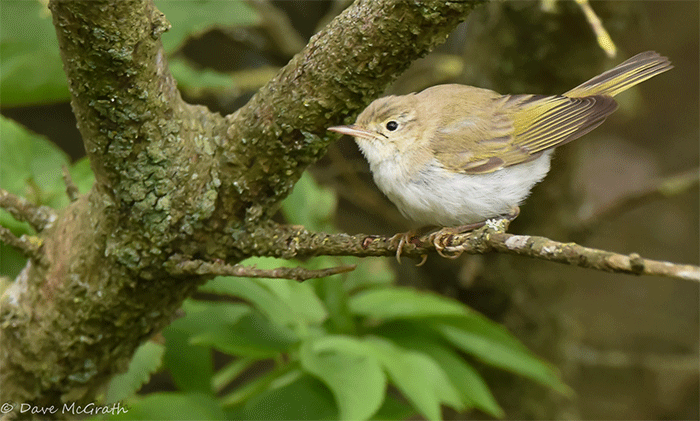
A Lanceolated Warbler was found on Fetlar (Shetland) on 5th.
Shetland also supplied a Western Subalpine Warbler at North Levenwick on 3rd-9th.
Marsh Warbler were found this week on Unst (Shetland) on 7th, and trapped and ringed at Reculver (Kent) on 8th.
An Icterine Warbler was seen on 8th at Tarmon (Co.Mayo).
Numbers of Barred Warbler dwindled rapidly, with barely a dozen birds recorded during the week, a substantial reduction on the 35 of the preceding period, reflecting the door slammed in the face of movement of their kind, and others, by the prevailing westerlies of the past week.
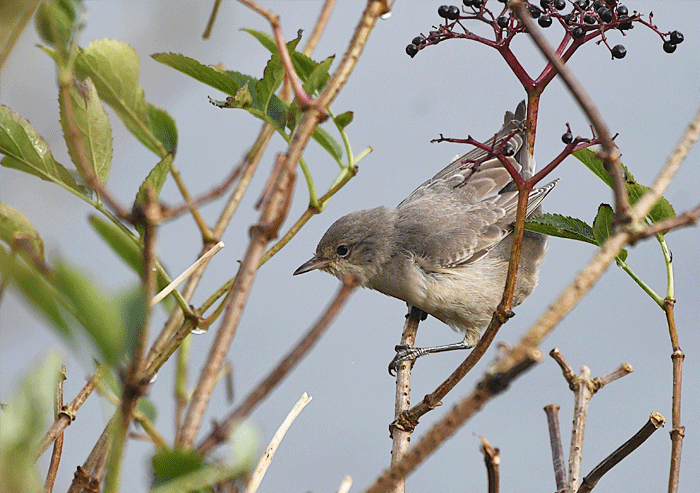
In Suffolk, at least two Zitting Cisticola remained at Walberswick on 6th.
On Scilly, the Rose-coloured Starling remained on St Mary’s on 3rd-9th; another was trapped and ringed at Montrose (Angus) on 3rd.
Common Rosefinch more or less scraped into double figures this week, with Shetland doing most of the heavy lifting – birds were seen in the archipelago on Mainland at Grutness on 3rd and 6th-8th, Sandwick on 3rd, Ireland on 4th and 7th-8th, and Lerwick on 8th; on Fair Isle on 3rd-5th; on Unst on 3rd-7th; and Fetlar on 6th. Away from there, birds were noted on St Mary’s (Scilly) on 6th-9th, Cape Clear (Co.Cork) on 4th, and Inishbofin (Co.Galway) on 8th.
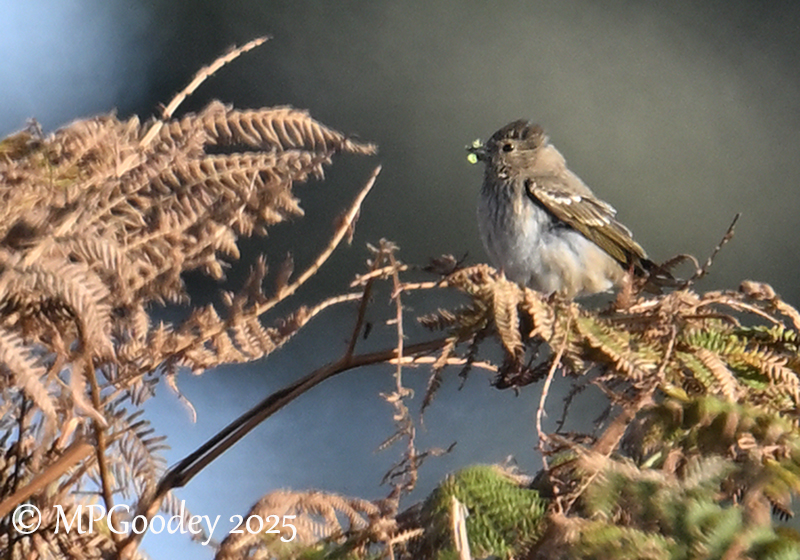
The hornemanni Arctic Redpoll was still to be seen on Unst (Shetland) on 3rd-7th; another probable was seen on Shetland Mainland in the west at Littlelure Bay on 7th. Another (or an exilipes bird) was present in Highland & Caithness at Avoch on 8th; and an exilipes bird was on Fetlar (Shetland) on 9th.
A Serin was noted passing over Hastings (East Sussex) on 5th.
An Ortolan Bunting made an appearance on Shetland Mainland at Ireland on 4th and 8th.
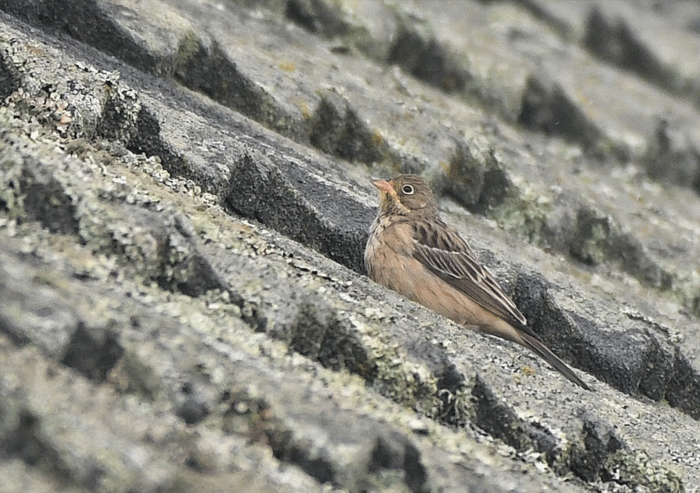
Shetland also gave us Rustic Bunting on Mainland at Billister on 3rd, Urafirth on 3rd and 7th-8th, and on Unst on 5th. A probable was present on Mainland at Sandwick on 8th. A final confirmed bird for the week was on Cape Clear (Co.Cork) on 9th.
Which just leaves us a couple of Little Bunting this week – also on Shetland, seen on Out Skerries on 3rd-5th, and Unst on 8th-9th.
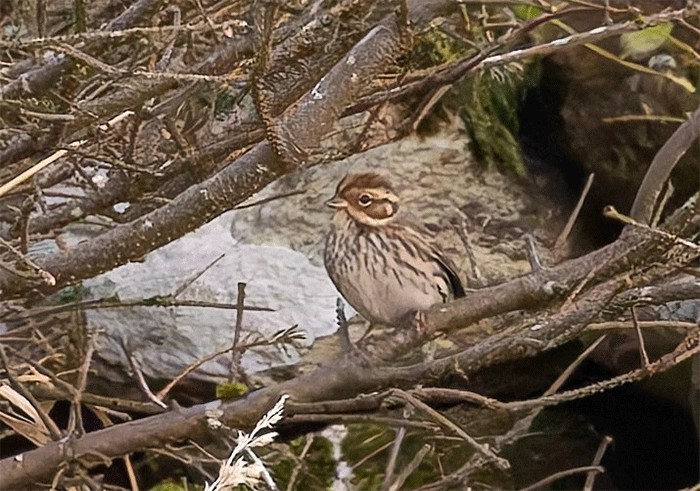
More relatable for most of us than the remote, mid-Atlantic western outpost of the Azores, Iceland was having an Azorean-stylee Nearctic bonanza this past week, and it’s there that we must start the overseas news…
The Icelandic week began with the recent Tennessee Warbler still present at Seltjorn on 3rd-4th. Seltjorn also enjoyed a Red-eyed Vireo on 4th. On 4th-6th a Bobolink was present at Garour. On 5th further Red-eyed Vireo were found at Sandgerdi and Hofn; Hofn also produced Philadelphia Vireo on 5th. A Greater Yellowlegs was found at Grindavik on 5th; and a Myrtle Warbler at Grindavik on 5th-6th. Were this not enough, Iceland’s third Alder Flycatcher was trapped and ringed at Vogosar on 6th.
Closer still to home, in France the island of Ouessant was showing its pedigree this week, with two Red-eyed Vireo present on 6th, and two American Pipit on 7th rising to three birds by 8th; while a Swainson’s Thrush was on Molene on 6th. Sightings of Brown Booby on 5th came from Plage de Sion-sur-l’Ocean, and Plage du Pont d’Yeu.
Also as near as dammit in France this week, a Bay-breasted Warbler was found on Jersey on 9th.
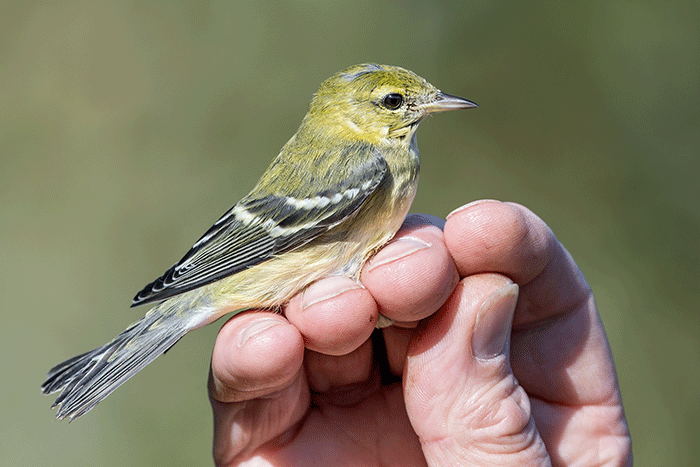
The Netherlands meanwhile had to make do with lingering Western Swamphen at Zevenhuizen on 7th, and Pygmy Cormorant at Natuurpark Lelystad on 7th; and the unexpected but welcome return of the drake Spectacled Eider off Texel on 7th-9th also.
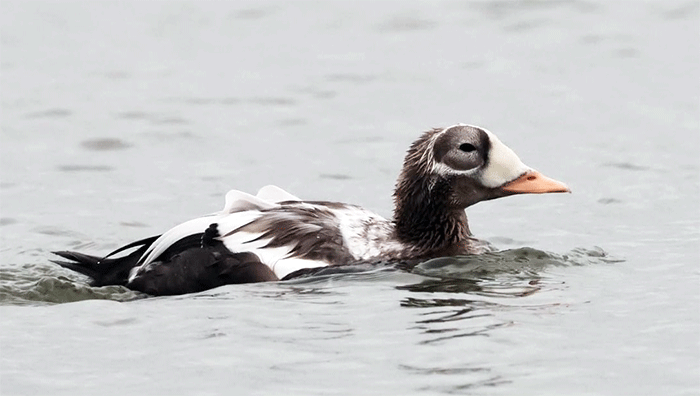
A Cape Verde Shearwater was seen in the Gulf of Cadiz off Spain on 3rd; and an Elegant Tern at Pedro Valiente on 4th.
Finally, deep breath, the Azores… Corvo was, as usual, dominant, with sightings of Prothonotary Warbler, Cape May Warbler, Black-and-white Warbler, Northern Parula, two American Redstart, Yellow-billed Cuckoo, Bobolink, Indigo Bunting, up to three Red-eyed Vireo, American Pipit, Trindade Petrel, Northern Harrier, two Great Blue Heron, and nine American Golden Plover.
Were that not enough, we need to wade through Flores, which amassed sightings of Yellow Warbler, Northern Waterthrush, Ovenbird, Dickcissel, Bobolink, Yellow-billed Cuckoo, and three Red-eyed Vireo during the past week.
Terceira landed an American Coot as the week drew to an end on 9th.
And finally, for now, Sao Miguel, which retained Great-tailed Grackle on 4th-9th, and added Snowy Egret to the Azorean roster on 6th-7th.
The second week of October sees us entering potentially the busiest period for rarities on these shores – there’s vast potential from east and west in the coming week.
From the west, we’ve precedent of the likes of Wilson’s and Blackburnian Warbler; from the east, Rufous-tailed Robin and Chestnut-eared Bunting. And these merely scratch the surface of the iceberg of potential the coming week offers.
But is the coming week that week? Well, that remains to be seen…
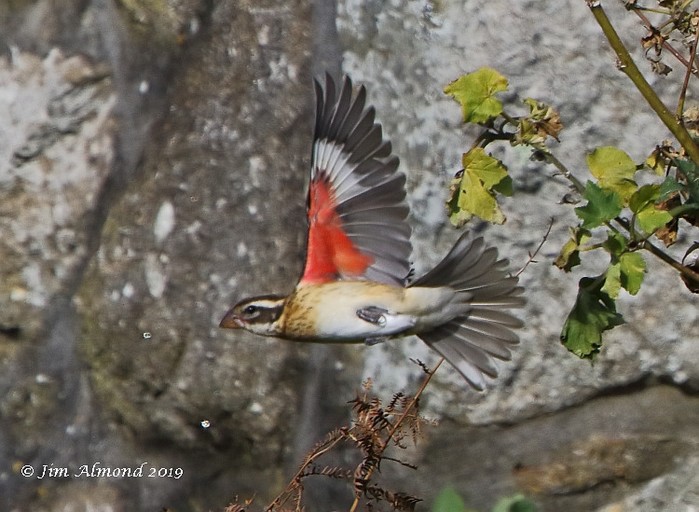
Get Breaking News First
To get all the latest breaking bird news as it happens, download BirdAlertPRO for a 30-day free trial – no payment details required – and access exclusive first-time subscriber offers.
Jon Dunn
10 October 2025
Many thanks to all this week's contributors for your photos and videos
Share

















